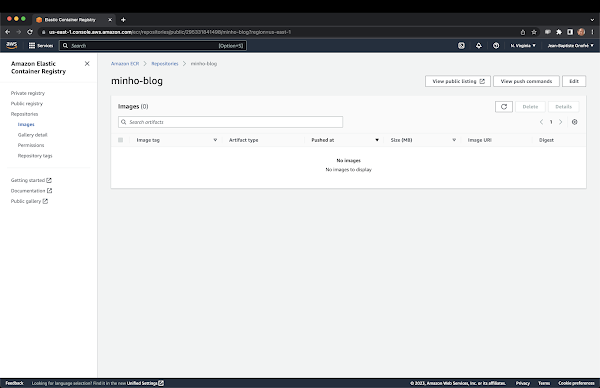Use a "remote" EJB in Camel routes
Introduction
You have an existing application, let say developed using J2EE, including EJB (Session).
The application is running into a J2EE application server like JBoss, WebSphere or Weblogic.
This application “exposes” EJBs to perform some business services.
Now, you can to use these “remote” EJBs into Camel routes.
Context
We want to “expose” the EJB using WebService.
As for all EJBs, we have two interfaces for our EJB: the local and remote interfaces.
Let assume that we have:
* ejb.MyEjbSession
* ejb.MyEjbSessionHome
We assume that the MyEjbSession EJB provides a businessMethod() method, with a String in argument, and returning a String.
The first thing to do is to define an interface containing the WebService annotation. This interface will define the operations and will be used to generate the WSDL on the fly:
package net.nanthrax.blog.camel;
@WebService(targetNamespace = "http://www.nanthrax.net/blog", name = "MyEjbService")
public interface MyEjbService {
public String businessService(String message);
}
Now, we can create a bean implementing this interface:
package net.nanthrax.blog.camel;
import ejb.MyEjbSession;
@WebService(serviceName = "myEjbService", targetNamespace = "http://www.nanthrax.net/blog", endpointInterface = "net.nanthrax.blog.camel.MyEjbService")
public class MyEjbServiceImpl implements MyEjbService {
&nbps; private MyEjbSession proxy = null;
public String businessService(String message) {
return proxy.businessMethod(message);
}
public void setProxy(MyEjbSession proxy) {
this.proxy = proxy;
}
public MyEjbSession getProxy() {
return this.proxy;
}
}
Camel routes
Now, we have a bean that we can use in a route. We use Spring Camel DSL. We also use Spring classes to connect to the J2EE application server and to inject the EJB proxy. In this example, we use JBoss application server:
<?xml version="1.0" encoding="UTF-8"?>
<beans xmlns="http://www.springframework.org/schema/beans"
xmlns:xsi="http://www.w3.org/2001/XMLSchema-instance"
xmlns:cxf="http://camel.apache.org/schema/cxf"
xsi:schemaLocation="
http://www.springframework.org/schema/beans http://www.springframework.org/schema/beans/spring-beans.xsd
http://camel.apache.org/schema/spring http://camel.apache.org/schema/spring/camel-spring.xsd
http://camel.apache.org/schema/cxf http://camel.apache.org/schema/cxf/camel-cxf.xsd
">
<bean id="jndiTemplate" class="org.springframework.jndi.JndiTemplate">
<property name="environment">
<props>
<prop key="java.naming.factory.initial">org.jnp.interfaces.NamingContextFactory </prop>
<prop key="java.naming.provider.url">jnp://host:1099</prop>
</props>
</property>
</bean>
<bean id="ejbProxy" class="org.springframework.ejb.access.SimpleRemoteStatelessSessionProxyFactoryBean">
<property name="jndiName" value="ejb/jndi/name/MyEjbSession" />
<property name="businessInterface" value="ejb.MyEjbSession />
<property name="homeInterface" value="ejb.MyEjbSessionHome" />
<property name="refreshHomeOnConnectFailure" value="true" />
<property name="cacheHome" value="true" />
<property name="lookupHomeOnStartup" value="false" />
<property name="resourceRef" value="false" />
<property name="jndiTemplate" ref="jndiTemplate" />
</bean>
<bean id="ejbService" class="net.nanthrax.blog.camel.MyEjbServiceImpl">
<property name="proxy" ref="ejbProxy"/>
</bean>
<import resource="classpath:META-INF/cxf/cxf.xml"/>
<import resource="classpath:META-INF/cxf/cxf-extension-soap.xml"/>
<import resource="classpath:META-INF/cxf/cxf-extension-http-jetty.xml"/>
<cxf:cxfEndpoint id="cxfEndpoint"
serviceClass="net.nanthrax.blog.camel.MyEjbService"
address="http://0.0.0.0:9090/blog/ejb-service/"/>
<camelContext xmlns="http://camel.apache.org/schema/spring">
<route>
<from uri="cxf:bean:assetServiceCxfEndpoint"/>
<to uri="assetServiceBean"/>
</route>
</camelContext>
</beans>


Comments
Post a Comment